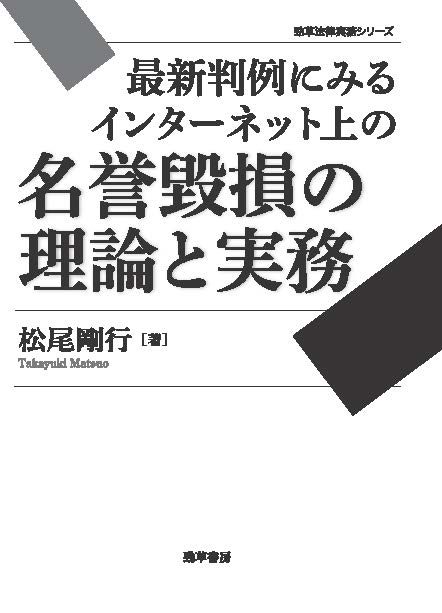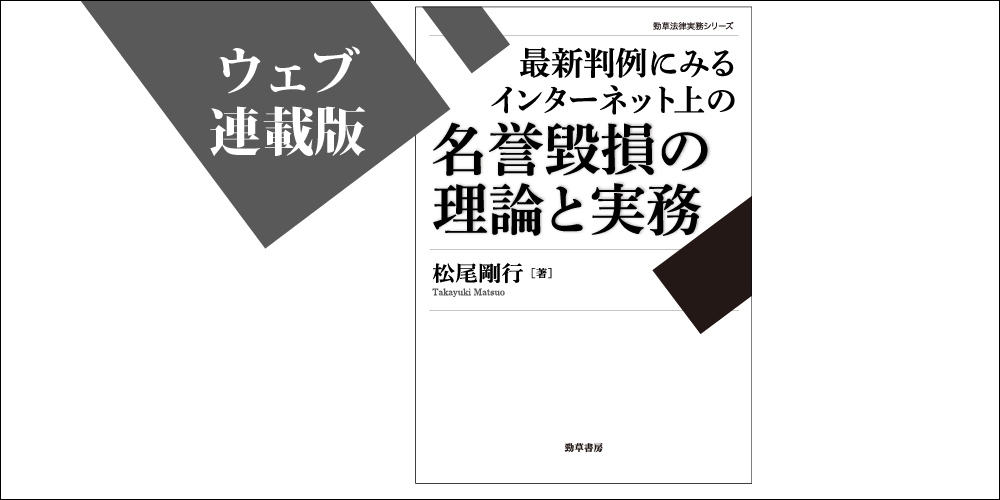(注1)連載第19回「【対談】表現の自由とアーキテクチャ(成原慧)×最新判例にみるインターネット上の名誉毀損の理論と実務(松尾剛行)」https://keisobiblio.com/2016/07/07/matsuo19/)
(注2)前掲対談参照。
(注3)”To the best of my knowledge, it is still impossible to program software so as to prevent forms of harm generating- behaviour as simple as defamation” Ugo Pagallo『The Laws of Robots』(Springer2013)187頁。
(注4)前掲対談参照。
(注5)”This twofold approach to the laws of robots, that is, both the perspective of legal philosophers and the knowledge of experts in positive law”Pagallo前掲10頁。
(注6)「一般用語が解釈を必要とせず、適用対象の認識が問題なく、「自動的」で(中略)分類用語の適用について一般に判断の一致が見られる」(H.L.A.ハート著、長谷部恭男訳『法の概念第3版』206頁参照)。
(注7)例えば、ロボットに完全な法的人格を認めるべきだという論者であっても、たしかにロボット犯罪への規制の問題の方がロボットの法的人格の問題よりも先に検討されるべき優先課題だと納得することもあり得るだろう”However, you can be a supporter of the front of Robotic Liberation and still admit that the regulation of new robotic crimes (“I-3”) should have priority” Pagallo前掲16頁。
(注8)”Paradoxically, the fact that a strong consensus still exists in the field of the laws of robots becomes clearer when the behaviour of robots falls within the loopholes of the system, provoking a new generation of hard cases. Pagallo前掲1頁。
(注9)Pagallo前掲11頁。
次回更新、1月26日(木)予定。
 2016年2月25日発売!
2016年2月25日発売!松尾剛行著『最新判例にみるインターネット上の名誉毀損の理論と実務』
時に激しく対立する「名誉毀損」と「表現の自由」。どこまでがセーフでどこからがアウトなのか、2008年以降の膨大な裁判例を収集・分類・分析したうえで、実務での判断基準、メディア媒体毎の特徴、法律上の要件、紛争類型毎の相違等を、想定事例に落とし込んで、わかりやすく解説する。
書誌情報 → http://www.keisoshobo.co.jp/book/b214996.html


